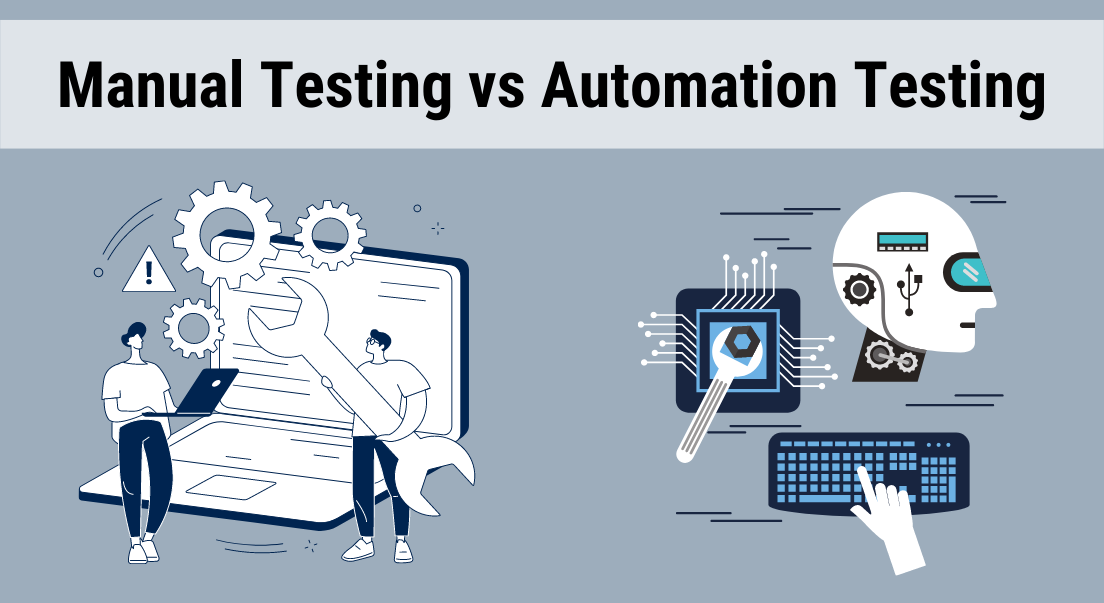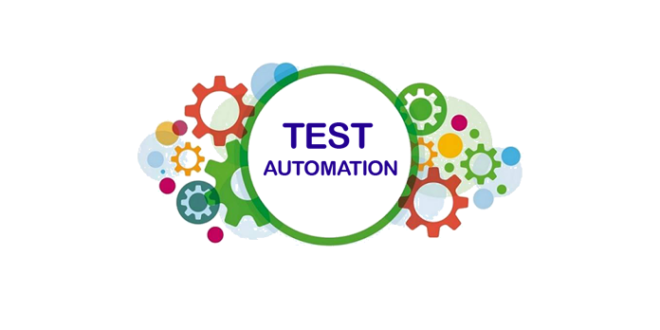From Manual to Automated Screening: A Comprehensive Guide to Transitioning Efficiently and Properly
In the realm of software program testing, the shift from manual to automated procedures has ended up being a progressively crucial shift for organizations seeking to enhance efficiency and accuracy in their screening methods. The journey from guidebook to automated testing is not without its challenges, however when come close to purposefully and with a clear strategy in mind, the benefits can be significant.
Advantages of Automated Testing
Automated testing uses various advantages, improving efficiency and accuracy in software program development processes. Automated tests can be run simultaneously on numerous gadgets and running systems, drastically speeding up the screening phase compared to hand-operated testing.
In addition, automated testing guarantees a higher degree of accuracy in identifying defects. Because automated tests follow predefined manuscripts, human mistake is decreased, leading to more reliable test results. Uniformity in testing is also improved, as automated tests perform the exact same steps specifically each time they are run. This uniformity is essential in making sure that all capabilities of the software are extensively tested, decreasing the likelihood of undetected bugs slipping through to production.
Picking the Right Tools

First of all, evaluate your needs and purposes. Recognize the range of your task, the modern technologies included, and the capability of your group. This analysis will aid you establish the abilities and attributes you need in your screening tools.
Secondly, take into consideration the compatibility of the tools with your existing procedures and systems. Seamless integration with your existing software program advancement lifecycle is necessary to ensure a smooth change to automation.
Furthermore, review the scalability and adaptability of the tools. As your testing requires evolve, the tools should be able to adjust and accommodate modifications successfully.
Finally, factor in the support and neighborhood around the tools. When executing automated testing, robust assistance and an active customer community can supply useful sources and support. By thoroughly taking into consideration these aspects, you can select the right tools that align with your requirements and set the phase for a successful transition to automated screening.
Creating Efficient Examination Manuscripts

When crafting examination scripts, it is necessary to take into consideration the details requirements of look at more info the software being examined and guarantee that the scripts attend to all vital capabilities. Detailed and clear calling conventions for test scripts and test situations can enhance readability and maintainability. Furthermore, integrating mistake handling mechanisms within the test manuscripts can aid in recognizing and attending to issues without delay.
Furthermore, arranging examination manuscripts right into modular parts can improve reusability and scalability, lowering redundancy and improving performance in test script upkeep. Regular reviews and updates to evaluate scripts are essential to equal evolving software needs and functionalities. By complying with these principles, testers can produce durable and effective examination manuscripts that contribute substantially to the success of automated screening processes.
Integrating Automation Into Workflows
Efficient assimilation of automation devices into existing process enhances procedures and improves performance within software growth cycles. When integrating automation right into process, it is critical to determine repeated jobs that can be automated to save time and decrease human mistake. By seamlessly integrating automated screening devices like Selenium or Appium into the software program advancement lifecycle, teams can accomplish faster comments on code adjustments, causing quicker insect detection and resolution. This combination allows for continual testing throughout the advancement process, making certain that any kind of concerns are recognized at an early stage, resulting in greater software high quality. In addition, automation can be used to activate tests immediately after each code devote, providing instant recognition and releasing up testers to focus on more complicated scenarios. Appropriate assimilation of automation devices calls for cooperation in between development, screening, and procedures teams to establish a unified workflow that enhances performance and performance in supplying top quality software.
Guaranteeing a Smooth Shift
Efficiently transitioning to automated testing involves careful planning and cautious implementation to take full advantage of and minimize disruptions performance in the More hints software program development process - automation testing. To ensure a smooth change, it is vital check my source to start by performing a thorough evaluation of the current screening processes and identifying locations where automation can bring the most considerable advantages. Involving with all stakeholders early in the procedure, consisting of developers, testers, and project supervisors, is vital for amassing assistance and buy-in for the automation effort
Interaction is crucial throughout this shift phase. Clear interaction of the goals, benefits, and expectations of automated screening aids to take care of any type of resistance or worries that may develop. Furthermore, providing ample training and sources for employee to upskill in automation tools and methods is crucial for ensuring a successful transition.

Conclusion
Finally, transitioning from handbook to automated screening offers many benefits, including enhanced efficiency and reliability. By selecting the suitable devices, composing reliable examination manuscripts, and incorporating automation effortlessly into operations, companies can make certain a smooth and effective shift. It is important to accept automation as a valuable property in software program testing processes to improve overall top quality and productivity.
In the world of software application testing, the change from handbook to automated procedures has actually come to be an increasingly essential shift for organizations seeking to improve effectiveness and precision in their screening practices. Automated tests can be run at the same time on numerous devices and operating systems, considerably speeding up the screening phase compared to hand-operated testing. Uniformity in testing is additionally enhanced, as automated examinations perform the exact same actions precisely each time they are run.To ensure the effective implementation of chosen screening tools, the development of reliable test manuscripts plays an essential duty in verifying the performance and efficiency of automated procedures - automation testing. By complying with these concepts, testers can produce durable and effective examination scripts that contribute dramatically to the success of automated testing procedures
Comments on “The Relevance of Automation Testing in Agile Growth Settings”